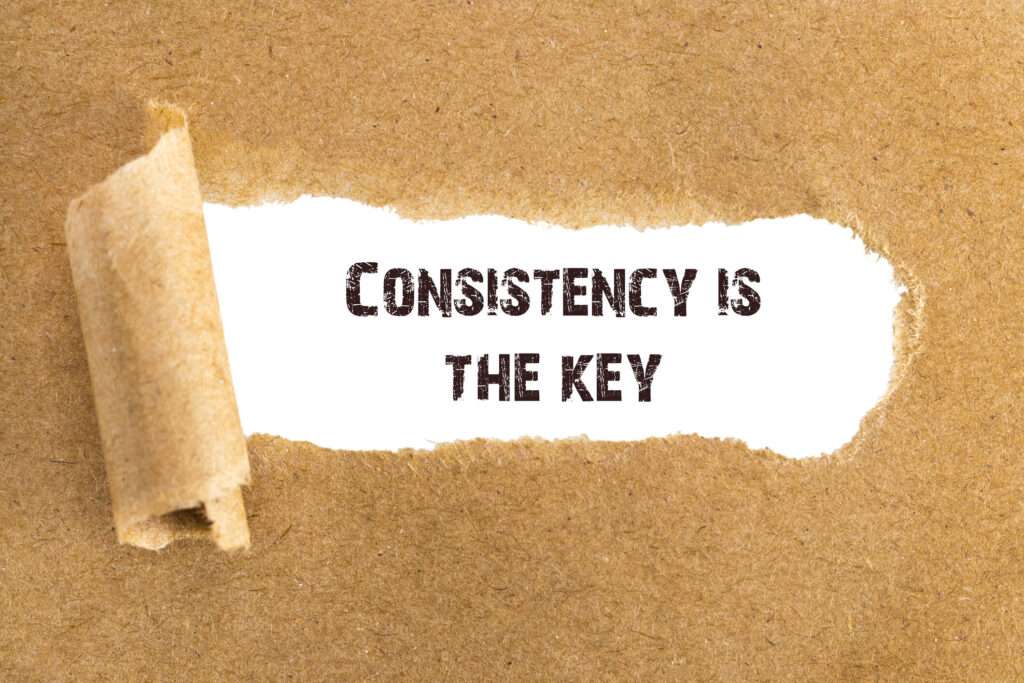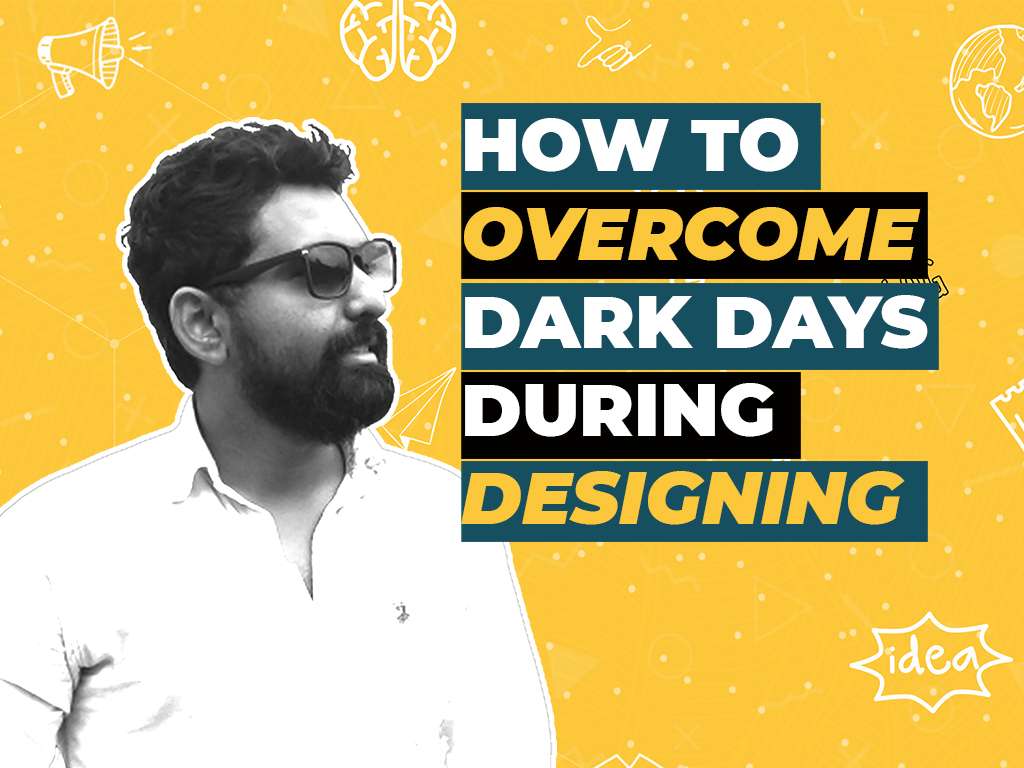Share this Post
How many days have you been in search of a great idea but it seems a long time has passed by and still you haven’t figured out a solution to your problem?
You have been sitting on your drawing board for a long time but everything seems barren and the right idea never strikes
In fact, the inspiration for this blog came from my own experience of searching for alternate ways to boost creativity and overcome the common “dark days”.
Everyone today in creative professions, face this problem
After months of thinking your creative well seems to dry up faster
You mine deeper for that one top idea
Here are top 10 ways that can give you that creative push that you are desperately waiting for
Here are the top 3 skill loopholes we need to master
1. Dont quit

It happens many a times; things just don’t go our way
When the balloon of frustration starts to grow bigger, it bursts out to several negative questions
Self- doubt is definitely the first one to come out of all
Whether am i capable enough of doing Architecture even?
Is this the right field for me??
Should I make a quick flip switch?
This is not my cup of tea!
What would be the outcome of this rising self-doubt?
These are the similar questions I was getting too when I got into architecture as I had already flunked my NATA entrance exam before coming into architecture
Didn’t know even how to sketch and I’m into architecture
So long story short…
The only thing which I followed was not leaving the ring and taking a impulsive decision
The solution to this problem is very simple and that is TIME
Great things take time
Richard Branson didn’t become a millionaire overnight. Madonna was not an overnight success. David Beckham was not born a superstar footballer.
Just stay in the game and you will achieve some remarkable results
2. Imposter Syndrome

Imposter Syndrome is the negative thoughts that you get about lack of competence as compared to others, following whatever good has happened is the result of sheer luck.
As humans, it is a built in habit in us, we see our problems and easily punish ourselves for bad behaviour
Poor performances catch fire quicker than the good performances
In short, it’s a mess of harmfulness.
It becomes difficult to internalize their success
There is an internal battle that is happening within, which is refraining us from performing.
Perfectionism is the one major root cause of this syndrome
Perfectionists set very high goals and when they fail to reach that goal, the imposter syndrome kicks in
Remember, Progression is more important than perfection
When you start progressing the perfection muscle in you will slowly and steadily develop
Ideas do not come out fully formed
They become clear only when you continue to work on them
Just think of how much time, Sagrada Familia by Antonio Gaudi took to build and still it hasn’t completed.
3. Consistency

Consistency not always means the consistency of success but the consistent imperfect actions also will lead you to consistent success
When you start to design on your board not every part of your design will be good at first
The plan may look good and when the elevation is drawn it may not look that great
So in this process there will be numerous trials and revisions that you will have to go through for your design to get the desired output
Several trails and feedbacks will definitely land you to the right choice
The word consistency has a total different meaning in the language of design
I perceive this word slightly different than how the world perceives it
Someone has rightly said that you have to loose path to find one
Design is not about the final outcome but the process of imperfections which leads you to your desired result
Such massive imperfect steps will make you a good designer
You will exactly have the idea as time passes by as to what is not to be done
Very few articles, books, magazines etc. talk about the don’ts
There is no limit for the do’s
But the don’ts only act as your teachers to lead you to the “do’s”
Pro Tip – Whenever you face a creative block, just take a piece of paper and draw random patterns as shown in the image below and later try to colour it with different colours of your choice.
The repetitive drawing work along with the colours will relieve you from the bock.
4. Sources of inspiration

Inspiration is everywhere, not only in architecture and design but in cultural, social activities outside of your work
When you observe other architects work; when the style of designing is different than you imagined you will get to learn a new perspective and much more
List down the architects work who you admire the most
Try to observe and pick up patterns from their works
When you do this you will discover some repetitive patterns that are being followed
How they have solved the problem through a creative idea
In this process of study and observation when you see the solution to a problem being in the shoes of other designers, it will help in figuring out the solution to your problem
As often we see design through someone else’s mind first and then draw inspiration and interpret our way
5. Setting realistic goals

The idea of unrealism emerges mainly when we observe some other architects works and try to fit in their shoes
We start to take a lot of pressure of giving out the same output and at the same time being too ambitious with your goals which leads to burnout
But creativity is not a one size fit all game
Ultimately it boils down at individual ways of thinking
Instead, looking at the real picture will give a more realistic feel to the goals and boost self-confidence
It is rightly said that,
Everyone is a genius. But if you judge a fish by its ability to climb a tree, it will live its whole life believing that it is stupid.
It is very difficult to get out of the superficial world
Sooner you get out of it greater it would be for you in the long run
6. Small chunks of work

Time and again research has proved that the attention span of human beings is decreasing day by day
The human mind cannot concentrate for long time on one task
It keeps switching and jumping on other different distractions
When you know that you have a submission and you got to complete the design of a COMPLETE project
The word complete itself makes you quit
It seems very large at first
Chunking down the task into smaller little tasks will help in more concentration
You will be able to give that undivided attention to your design
Chunking down improves productivity and efficiency
You can establish authority over your work
Tip – Plan your day in small chunks of 2.5 – 3 hrs of tasks and start practising it. Switching on task will maintain focus and break from the monotony of work.
7. Celebrate small success

Small wins will help you achieve big goals
They key to understand here is that we cannot achieve our goals in the next one hour or next month or even a year
In all of this we forget to acknowledge the small significant steps which we can take to get there
Celebrating small wins will create a spark of positivity in you and you rise with more confidence
Just for instance imagine a child getting enthusiastic to celebrate his small wins
Children get very excited even when someone hands them a chocolate
They are extremely happy with the chocolate and don’t hope for a Cadbury at that point of time
Instead just enjoy and live the moment
The chocolate may not be a great deal for us now but it is a small win for him
So bask in the victory of having achieved it and it will increase your level of happiness.
Just a metaphoric example to give regarding these small things is the Dairy Milk Cadbury advertisements which shows how the 70yr old grandpa finds happiness in a Cadbury even at this age
So here the old grandpa and a chocolate are the two metaphors that celebrate the small wins
8. Don’t force creativity

There is often a blockage created in the pipeline of creativity
Most of the times it is due to forcefulness
The moment you start forcing you stop being creative
We are so ego-driven that we forget creativity can’t be forced
Even after symbols from our brain we tend to force creativity
And that is when it completely switches off
Don’t be harsh on creativity
Perform anti-forceful activities
Applying the anti-force might help
Practise some mandala artwork; it would release the creative tension
Let your mind explore different creative territories
Your creative pipeline blockage will start to recover soon.
9. Take a break

When you sit in a closed room within four walls, sometimes it feels restricted on the brain.
So just get out of your workspace and take a scroll through nature or any public park
Seeing the greenery around your brain will feel refreshed and the dogma of your brain surrounded by nature will stimulate your senses and give you freedom.
The moments you break free, fresh thoughts begin to flow in gradually.
In fact, research has proved that our human eye needs nourishment from our daily work
Nourishment as less as looking at nature for 5mins after a continuous work of 2 hrs. can improve creativity to a larger extent
Remember Creativity is not limited to time and place
It is available in abundance everywhere and every time.
Conclusion
Each one of us has our own ways of getting to the finish line
These are the top 9 ways which I practise on a daily basis whenever I face the creative block
I would like to know, what are your ways of overcoming the dark days?
How do you overcome this hurdle?
Just let me know in the comments below



